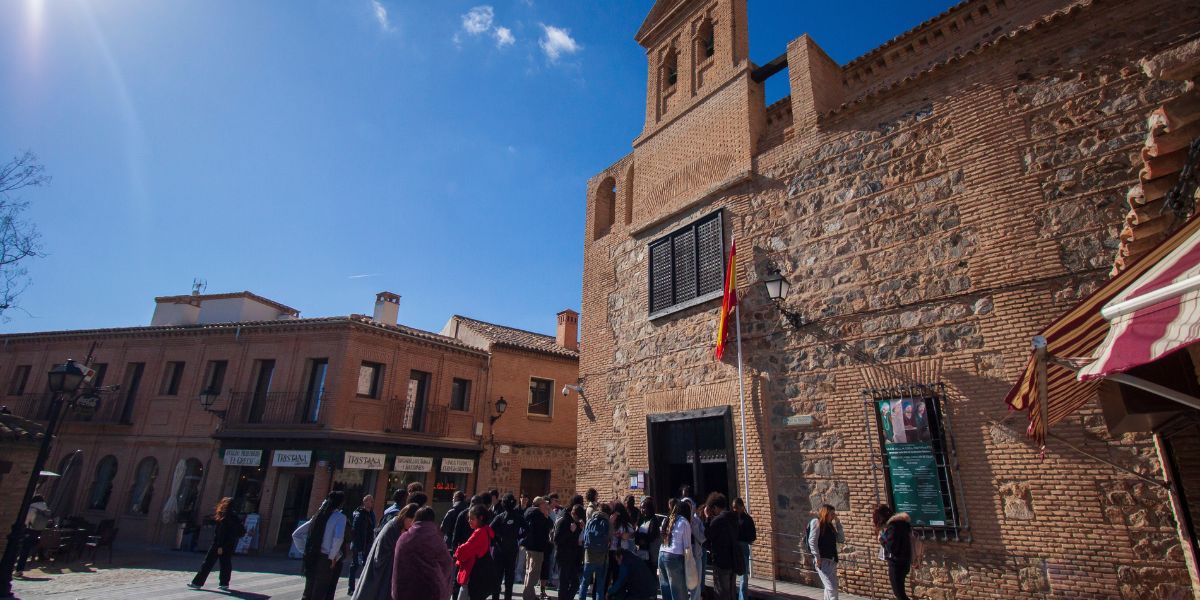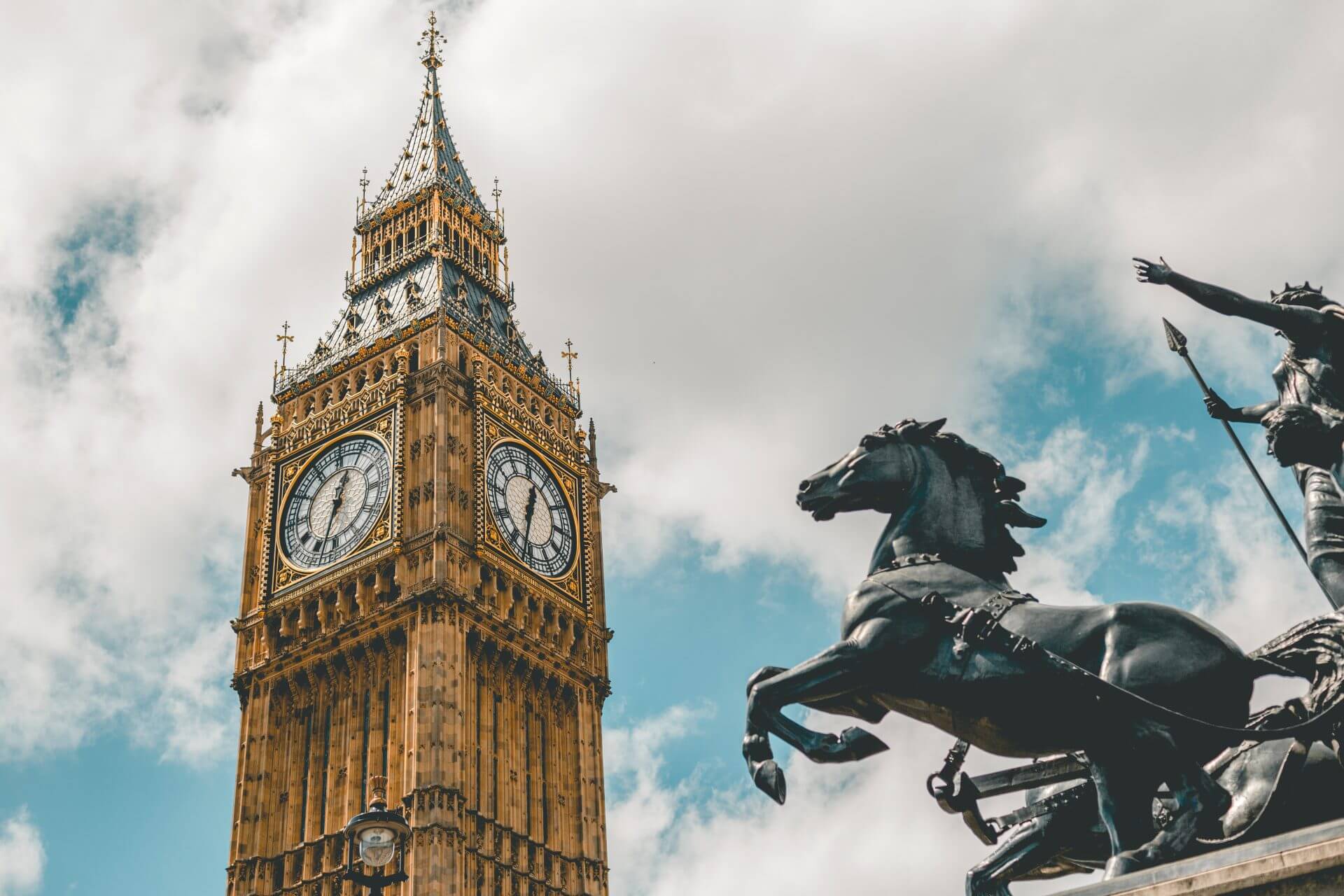
In 1873, the twin cities of Buda and Pest joined with Óbuda to form a new city, Budapest, which was declared a World Heritage site in 1987. This beautiful city is the home to the largest active and religious Jewish community in this part of Europe, with a long, complex, and brilliant Jewish heritage in all spheres of life. As a matter of fact, Hungarian Jews have had an important role throughout the country’s political, economic, and cultural history. You can tour the city’s Jewish sites alone or, if you prefer, go with a professional and knowledgeable guide. Either way, you are in for a brilliant and enriching experience.
Jewish Quarter Tour
It’s well-known that the Quarter is Budapest’s liveliest neighborhood, filled with shops, cafes, art galleries, festival scenes, etc. It is also a massively important area in the history of Hungarian Jews, especially in the context of WWII, as it was the site of the Jewish Ghetto during the Nazi occupation. As a revival of Jewish culture here is underway, quite a few kosher restaurants have been opened, and a group of Orthodox Jews lives in the Quarter as well. No matter where you go, which lovely cobblestone road you take, there is a place telling the story of Hungary’s Jewish communities.
One of the must-visit places here is the beautiful Dohány Street Synagogue – the largest synagogue in Europe and the second largest in the world. Completed in 1859 in the Moorish style, it can seat 3,000 people. Furthermore, Dohány Street itself was once the border of the Budapest Ghetto. The Hungarian Jewish Museum and Archives, located within the synagogue complex, was established in 1916. It details the history of Jews in this country, their contributions, successes, and tragedies. Thanks to two employees of the Hungarian National Museum who in 1942 hid the artifacts of the Jewish Museum, the entire collection survived for you to see it today.
Your next stop on this tour is the Raul Wallenberg Holocaust Memorial Park, named for the man who saved thousands of Jews. It is home to the Memorial of the Hungarian Jewish Martyrs – at least 400,000 Hungarian Jews who were murdered by the Nazis – as well as a memorial to Wallenberg and other Righteous Among the Nations. Besides the Great Synagogue, the Museum, and the Memorial, in the Dohány Street Synagogue complex, you’ll also see the Heroes’ Temple and the graveyard.
Synagogue Tour
The next two synagogues on this list, together with Dohány Street Synagogue, make Budapest’s synagogue triangle. They’re absolute must-sees while on a trendy Jewish tour. The Kazinczy Street Synagogue, a late Art Nouveau masterpiece built between 1912 and 1913, is the center of the city’s Orthodox community and their building complex, which includes the religious headquarters, a school, a kindergarten, communal hall, kosher shops, and a mikve.
Next amazing place of worship is the Rumbach Street Synagogue, a Moorish Revival edifice built between 1869 and 1872 for Pest’s more conservative members of the Neológ community. Inspired by the style of the Dome of the Rock in Jerusalem, the synagogue has eight sides and boasts a very intricate pattern, painted in Islamic style. For a trip outside the city, visit the magnificent, ornate Szeged Synagogue, built in 1903 in the Moorish-Art Nouveau style for Szeged’s large Neológ community. Both the exterior and the interior decorations are highly complex and represent the most important events of the Jewish community’s history and religion. The complex also includes a small chapel and the Szeged Jewish cemetery.
Memorial Tour
While many of the mentioned sites can be included in a memorial tour, these two are very special memorials that deserve a section of their own. The Holocaust Memorial Center is one of the few government-established institutions that focus solely on Holocaust research and education. Its modern building is connected to the Páva Street Synagogue, which was once Budapest’s second largest site for Jewish worship. In this impressive memorial center, you’ll find interactive permanent exhibitions, special periodic exhibitions, pedagogical programs, and cultural performances.
Finally, visit the memorial called the Shoes on the Danube Bank, a public exhibit created in 2005, dedicated to Budapest Jews who were lined up at the river, told to take off their clothes and shoes, and then shot by Arrow Cross militiamen between 1944 and 1945. Sixty pairs of cast iron shoes, modeled after the originals, have been welded into the pavement, with an inscription in Hungarian, English, and Hebrew.
Kosher Delicacies and Jewish Festivals Tour
After a long day of sight-seeing and knowledge-gaining, having numerous, wonderful experiences, it is time to relax, have a lovely meal and drink, and then have more fun at local festivals. Go to the kosher Frohlich Bakery and Café for a sweet, pleasant time, or enjoy your late evening at the kosher restaurant Carmel. You can also have fun at the Budapest Jewish Film Festival in November, or the Jewish Cultural Festival in late summer, filled with concerts, theatre shows, and performances, all of which highlight Jewish culture.










